
How to Keep Pets From Getting Lost While Traveling
The most important thing about any pet friendly road trip is making sure that you all come home together safely. Unfortunately, many pets get lost while they’re traveling with their families each year. That would be an absolute nightmare, but there are some steps you can take that will ensure that never happens to your furry family members. Leashes and Collars First, check your pet’s collar and leash for wear. These are our most critical links to our pets, but like everything else, they wear out and need to be replaced. Focus your attention on the leash clasp and collar buckle – both should work smoothly with no signs of cracks or other damage. Also check for any spots where your pet has chewed on the leash or collar. If you notice fraying, it’s time to get a new one! For people using retractable leashes, it can be difficult to assess the wear and tear on the cord, so once a month attach your leash to something stationary, walk back to the point that the leash is fully extended, and give it a good, hard tug. If it snaps, it’s time for a replacement. Collar Fit The most common way pets get lost is by backing out of their collars, so it’s vital to make sure your pet’s collar is the right size. A properly fitted collar should be snug around your dog or cat’s neck, allowing just enough room for you to slip two fingers underneath. If you think having the collar this tight may be uncomfortable for your pet, consider getting a martingale collar, which has the added benefit of no buckle to wear out. These collars are specially made with a loop integrated into the collar that tightens if your pet pulls on the leash. Martingale collars should be adjusted so at it’s tightest point, you can just slip two fingers beneath it. When he’s not on his leash, the collar will fit loosely around your dog’s neck, but he won’t be able to back out of his collar if something frightens him.
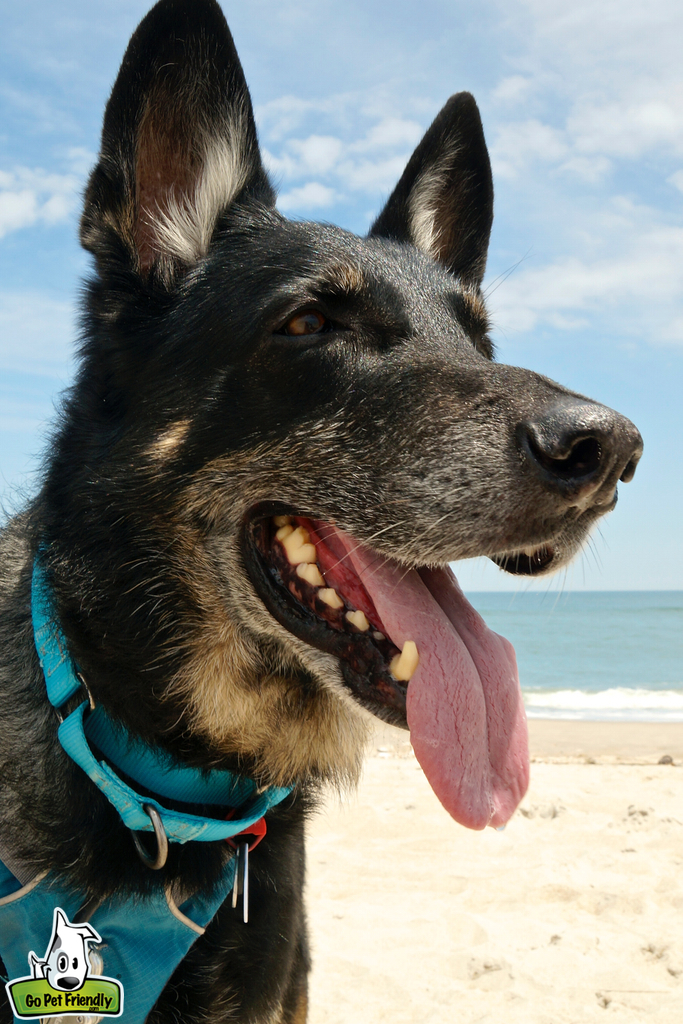
Leave Collars On Taking your pet’s collar off when they’re lounging around the house, or when you go to bed at night, is a habit best left at home. When in an unfamiliar environment, it’s safer to leave your pet’s identification tags on at all times … just in case. Hold Tight to the Leash Dog walking takes coordination – and I know, because I don’t have any! Juggling multiple leashes, a supply of treats, and a full waste bag in search of the proper receptacle isn’t easy and it might cause you to get careless with your grip on the leash. That’s usually the exact moment your dog chooses to hit the brakes and check his p-mail. Slipping your hand through the handle, so the loop rests around your wrist, and then grabbing the leash, gives you a little extra security in case you’re like me – all thumbs.
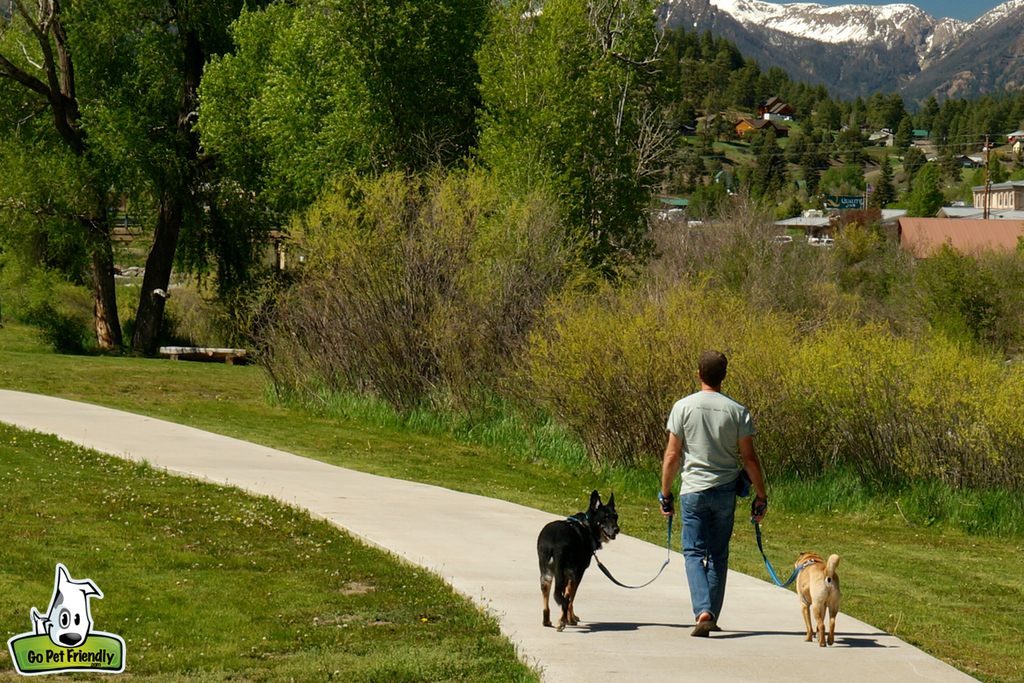
Consider a Walking Harness One of the benefits of a walking harness is that it provides some extra security for your dog or cat. It’s a lot harder for pets to wiggle out of a harness than it is for them to slip a collar. Of course, this also gives you one more set of buckles to check for wear!
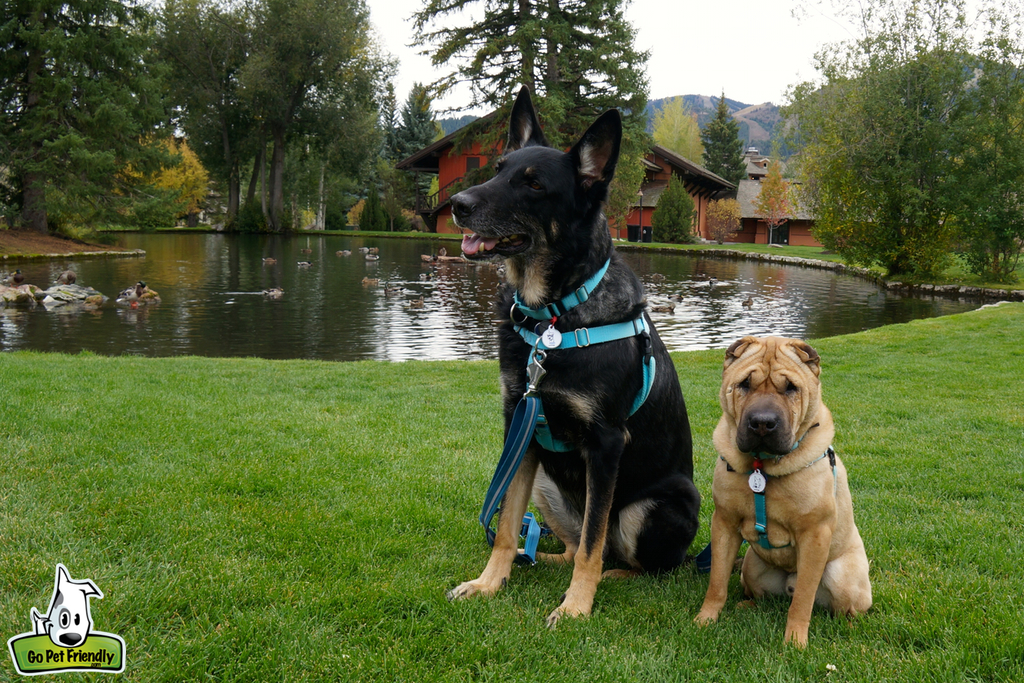
Skip Off-leash Play Time Generally, it’s best to skip the off-leash playtime while you’re away from home. Your dog may have a rock-solid recall in your backyard, but with new trees to sniff and friends to make, his response may not be as good away from home. If you have a dog who really needs some space to exercise, look for a fenced, leash-free area or get a long-line leash that will allow him to play, without being in danger of getting lost.
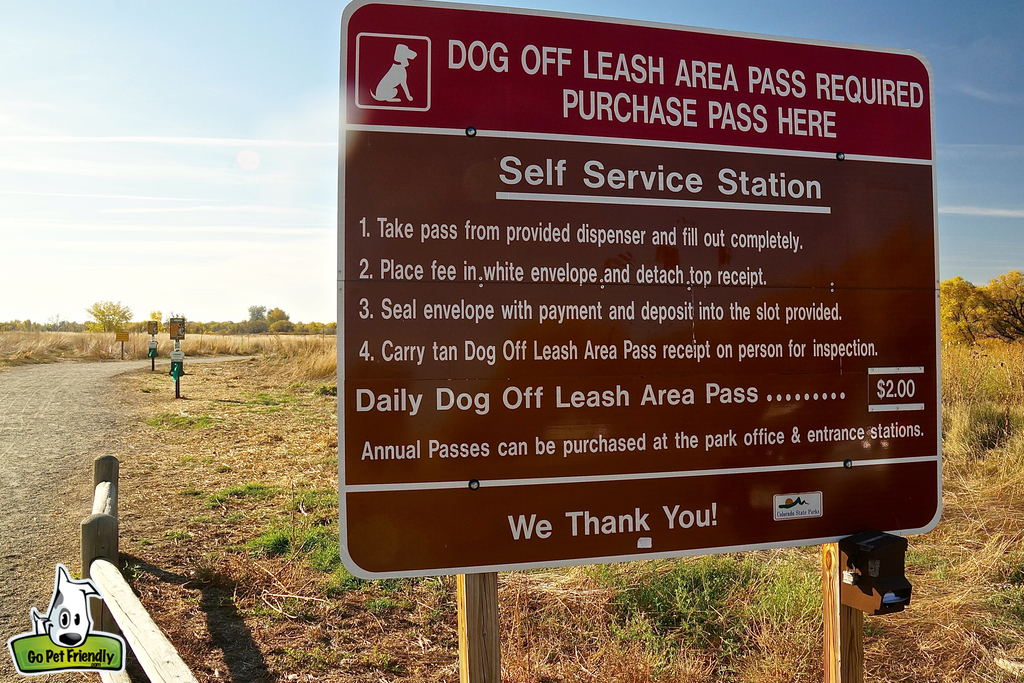
Safety Protocol For The Car And Motorhome Another way pets can get lost away from home is to bolt out of the car or RV when the door is opened. This is easy to prevent by using a routine that doesn’t give pets the chance to escape -- when it’s time to leave, put your pet in the car, fasten his seatbelt or settle him in his carrier, and then remove his leash. When you arrive, reattach his leash and then remove him from the carrier or unbuckle his seatbelt. This procedure applies for all stops – including breaks at rest areas – along the way.
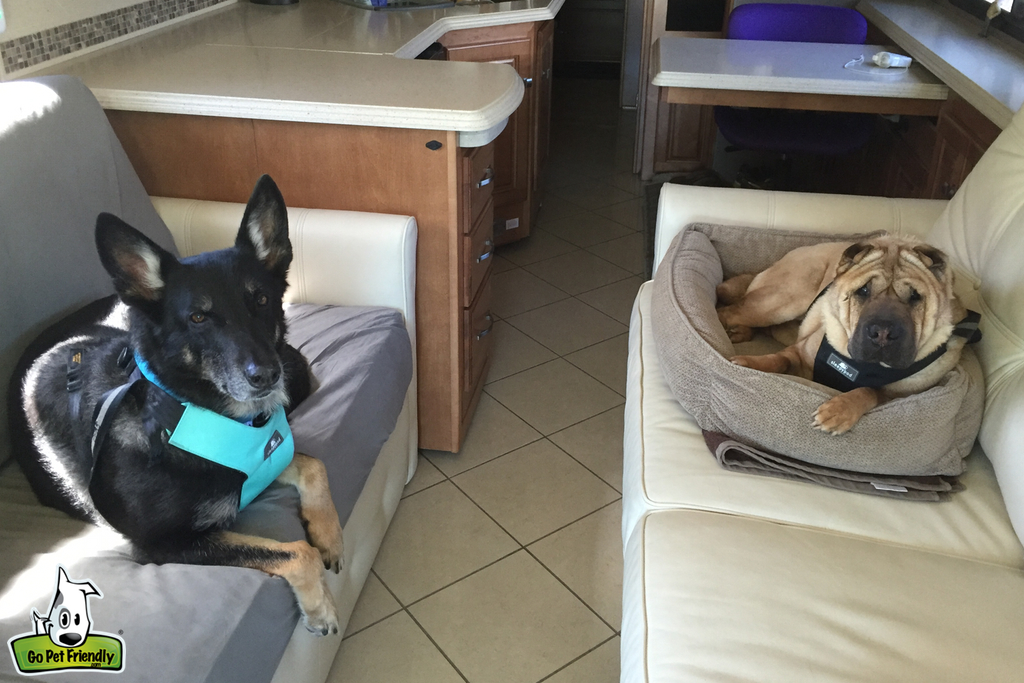
Be Prepared We always hope for the best and prepare for the worse. If your pet does somehow become lost while you’re traveling, you’ll have a much better chance of getting him back if you’re prepared.
- Make sure your pet’s ID tag is up-to-date and has a phone number where you can be reached while you’re traveling
- Have your pet micro-chipped, so he can be identified if his collar breaks and his ID tags are lost.
- Carry a current photo of your pet so you can easily make “Lost Pet” posters.
- Reach out to every shelter, animal rescue, dog pound, and veterinarian in the area to inform them that your pet is lost.
- If you have friends or contacts in the area, ask them to share the information about your pet with their social media network.
With a little vigilance and preparation, you can make sure that your next pet friendly vacation is fun for everyone – and that you’ll all come home together.
Comments
Comments on this post are moderated, so they will not appear instantly. All relevant questions and helpful notes are welcome! If you have a service inquiry or question related to your RV, please reach out to the customer care team directly using the phone numbers or contact form on this page .